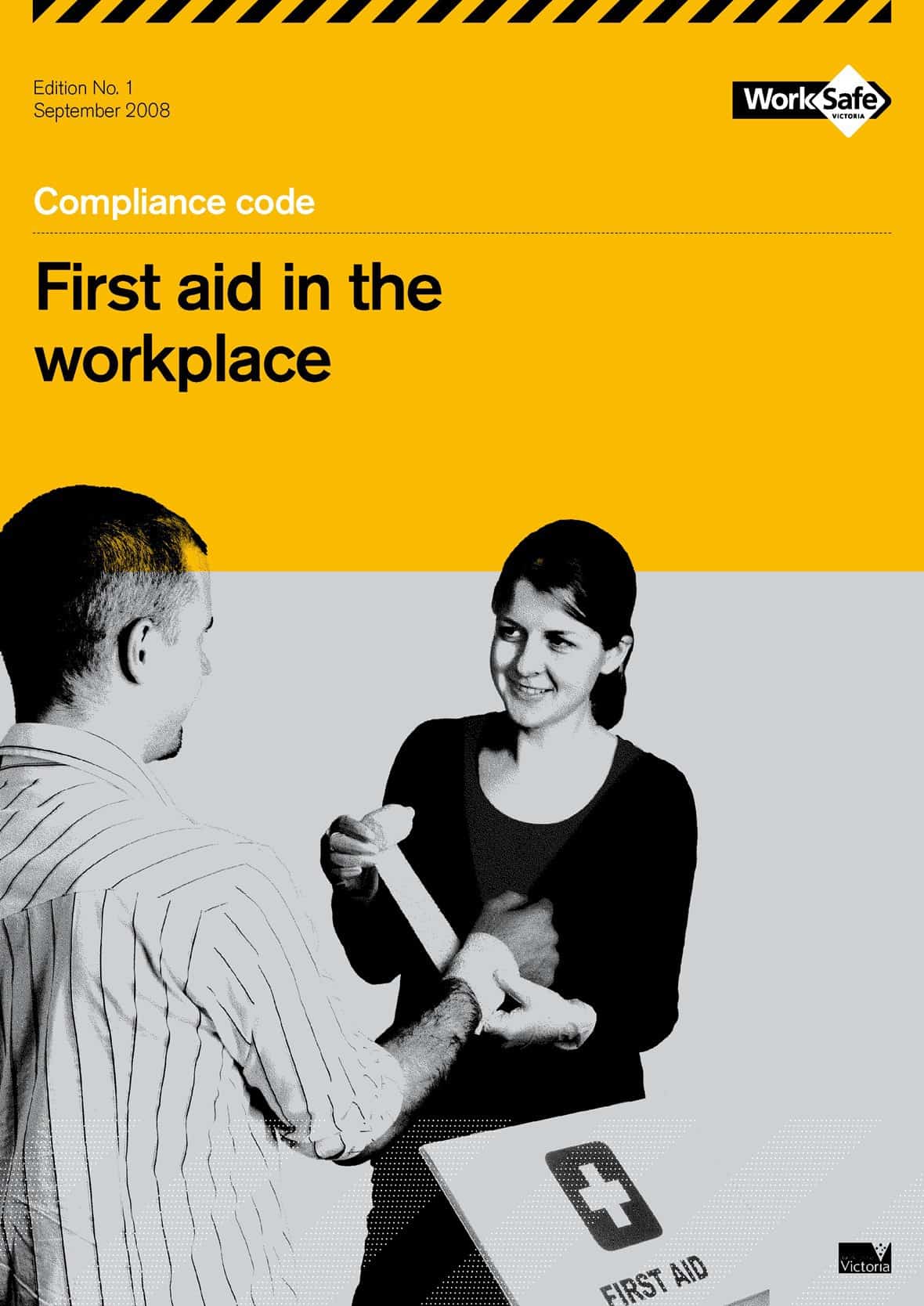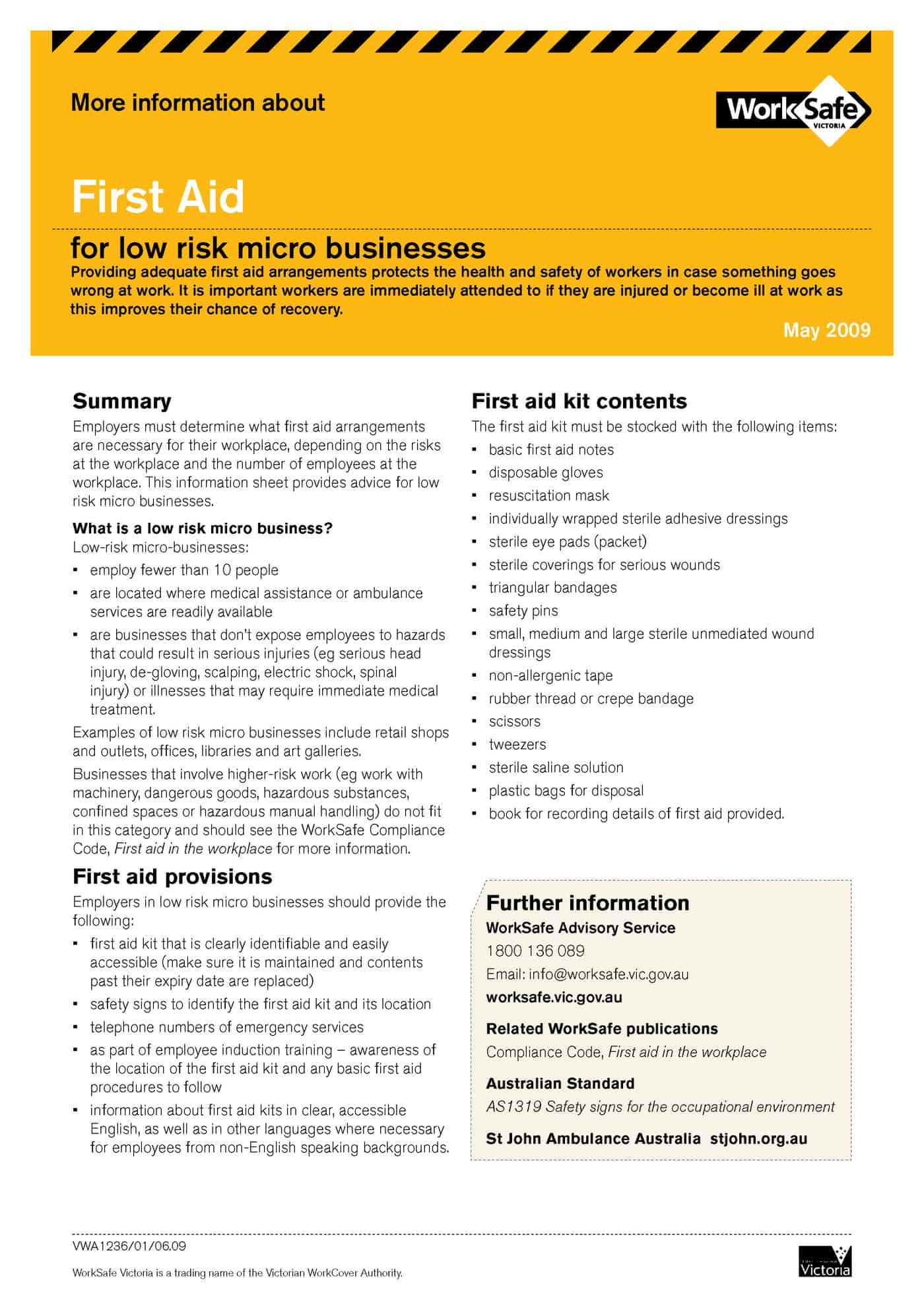Just because Victoria’s WorkHealth program is not functioning anywhere near its initial intention, it does not mean that the issue of workers’ poor health is being ignored. In mid-June 2009, Australia’s federal government announced a targeted program called the Tradies Tune-Up.
The funding for this program is very modest in comparison with WorkHealth’s proposed riches. According to a media statement, the government is allocating $A219,500 to “monitor and check on the health of building and construction workers.” This sector was chosen because statistics show
“…that men working in manual occupations, like construction, have higher mortality rates, disability and serious chronic disease than other professions. Statistically, they are also at greater risk of self-harm and suicide.”
 This program has a greater opportunity for success as it is coordinated through OzHelp Foundation, a partnership between the ACT branches of the Master Builders Association and the Construction, Forestry, Mining and Energy Union. The construction unions, to the knowledge of SafetyAtWorkBlog, have always had strong mental health and wellbeing support programs, often run through chaplaincies, a much neglected form of employee assistance program.
This program has a greater opportunity for success as it is coordinated through OzHelp Foundation, a partnership between the ACT branches of the Master Builders Association and the Construction, Forestry, Mining and Energy Union. The construction unions, to the knowledge of SafetyAtWorkBlog, have always had strong mental health and wellbeing support programs, often run through chaplaincies, a much neglected form of employee assistance program.
As has occurred elsewhere in Australian workplace services, the program will operate with the support of a mobile assessment vans. The program will have
“a specially equipped van and accompanying health staff including a registered nurse will set-up ‘pit-stops’ at construction and building sites testing workers in 20 minute sessions on their levels of cholesterol, blood pressure, blood glucose and waist size.”
The government has also committed to develop a National Men’s Health Policy to be finalised later this year.
Health assessment programs that go to the workplace and, importantly, have the support of the union movement have a good chance of success but that success is not just the number of visits. They must have tangible health improvements to the workers.
Also assessments are not enough to simply inform someone they are fat and unhealthy. There must be a support program for health improvement and the reduction of unhealthy distractions.
OzHelp should not be seen as a Rudd government initiative or only something that can thrive under a sympathetic Labour government. The foundation has existed for almost five years as can be seen by this media statement.
Such programs also must operate with specific performance benchmarks. Currently there is no information available about program benchmarks or what timeline is being applied to the program. As the program is receiving government funding, it may be necessary to await for department annual reports, if this type of program is reported at all.




